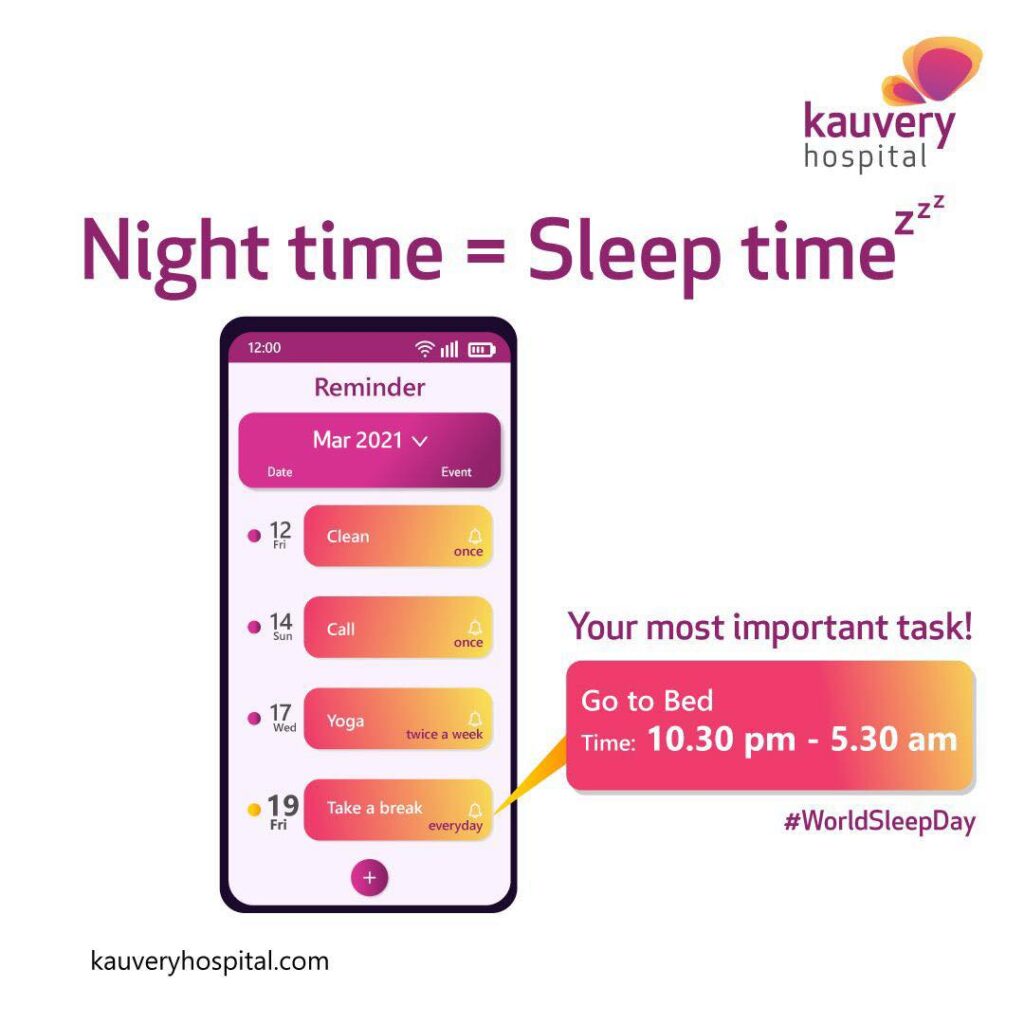Some Interesting Sleep Facts

Image Courtesy – www.huffingtonpost.com
Sleep Hygiene
Healthy sleeping habits known as sleep hygiene can help you shift from daytime frenzy to night time slumber.
Go to sleep when you are tired and avoid caffeine four to six hours before bedtime. Don’t smoke near bedtime, and finish dinner several hours before going to sleep. Keep your bedroom quiet, dark, and cool, and only use it for sleeping and sex.
And don’t drink too much water. If you do, you’ll wake up because you’ll need to use the bathroom.
Snoring and Sleep Apnea
Snoring is a common condition most people suffer. Or rather most partners of chronic snorers suffer!
But watch out, it may not be a simple condition to laugh about. It may be Sleep Apnea. If your snoring is loud which stops many times and resumes with a gasp, then you must consult the physician to get yourself treated. When airflow drops when you stop breathing, oxygen levels in the blood come down. Your brain responds during your sleep to kick start your breathing. So you might resume breathing with a choke or a gasp.
But not all snorers have sleep apnea. The key is to watch how you feel in the day. If you are sleepy, irritable, tired then you must check out that condition. If you are normal the following day, then there is nothing to worry about.
Confusional Arousals
Confusional arousals usually occur when a person is awakened from a deep sleep during the first part of the night. This disorder, which also is known as excessive sleep inertia or sleep drunkenness, involves an exaggerated slowness upon awakening.
People experiencing confusional arousals react slowly to commands and may have trouble understanding questions that they are asked. In addition, people with confusional arousal often have problems with short-term memory; they have no memory of the arousal the following day.
Nightmares
Nightmares are vivid night time events that can cause feelings of fear, terror, and/or anxiety. Usually, the person having a nightmare is abruptly awakened from REM sleep and is able to describe detailed dream content. Returning to sleep is usually difficult.
Nightmares can be caused by many factors, including illness, anxiety, the loss of a loved one, or negative reactions to a medication. Call your doctor if nightmares occur more than once a week or if nightmares prevent you from getting a good night’s sleep for a prolonged period of time.
Night Terrors
A person experiencing a night terror abruptly awakes from sleep in a terrified state, but is confused and unable to communicate. They do not respond to voices and are difficult to fully awaken. Night terrors last about 15 minutes, after which time the person usually lies down and appears to fall back asleep.
People who have night terrors (sometimes called sleep terrors) usually don’t remember the events the next morning. Night terrors are similar to nightmares, but usually occur during deep sleep.
People experiencing sleep terrors may pose dangers to themselves or others because of limb movements. Night terrors are fairly common in children, mostly between ages 3 and 8. Children with sleep terrors will often also talk in their sleep or sleepwalk.
This sleep disorder, which may run in families, also can occur in adults. Strong emotional tension and/or the use of alcohol can increase the incidence of night terrors among adults.
Sleepwalking
Sleepwalking occurs when a person appears to be awake and moving around, but is actually asleep. He or she has no memory of the episode. Sleepwalking most often occurs during deep non-REM sleep (stages 3 and 4 sleep) early in the night and it can occur during REM sleep in the early morning.
This disorder is most commonly seen in children between ages 5 and 12; however, sleepwalking can occur among younger children, adults, and seniors.
Sleepwalking appears to run in families. Contrary to what many people believe, it is not dangerous to wake a person who is sleepwalking. The sleepwalker simply may be confused or disoriented for a short time upon awakening.
Although waking a sleepwalker is not dangerous, sleepwalking itself can be dangerous, because the person is unaware of his or her surroundings and can bump into objects or fall down. In most children, it tends to stop as they enter the teen years.
Parasomnias are disruptive sleep disorders/dysfunctions that can occur during arousals from REM (Rapid Eye Movement) sleep or partial arousals from non-REM sleep.
Insomnia is a sleep disorder. People with insomnia have trouble sleeping: difficulty falling asleep, or staying asleep as long as desired. Insomnia is most often thought of as both a medical sign and a symptom that can accompany several sleep, medical, and psychiatric disorders characterized by a long term difficulty falling asleep and/or staying asleep or sleep of poor quality. Insomnia is typically followed by functional impairment while awake. Insomnia can occur at any age, but it is particularly common in the elderly.
Insomnia can be short term (up to three weeks) or long term (above 3–4 weeks); it can lead to memory problems, depression, irritability and an increased risk of heart disease and automobile related accidents.

Kauvery Hospital is globally known for its multidisciplinary services at all its Centers of Excellence, and for its comprehensive, Avant-Grade technology, especially in diagnostics and remedial care in heart diseases, transplantation, vascular and neurosciences medicine. Located in the heart of Trichy (Tennur, Royal Road and Alexandria Road (Cantonment), Chennai, Hosur, Salem, Tirunelveli and Bengaluru, the hospital also renders adult and pediatric trauma care.
Chennai – 044 4000 6000 • Trichy – Cantonment – 0431 4077777 • Trichy – Heartcity – 0431 4003500 • Trichy – Tennur – 0431 4022555 • Hosur – 04344 272727 • Salem – 0427 2677777 • Tirunelveli – 0462 4006000 • Bengaluru – 080 6801 6801


